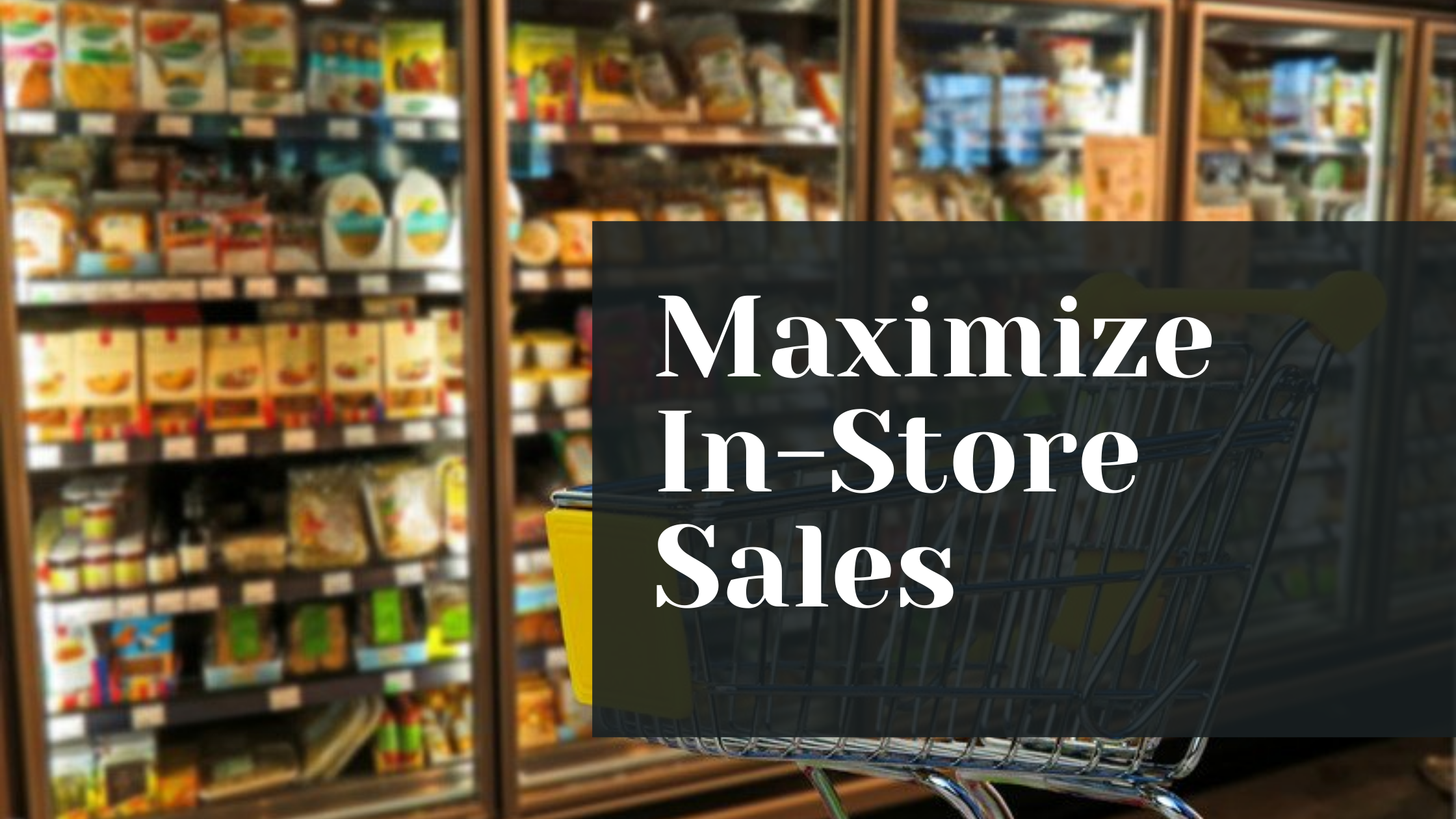Maximize brick and mortar sales through improved store execution. Hiring an experienced 3rd party merchandising company allows brands personalized attention to their products inside every door. Improving store execution is the lowest-hanging fruit to drive more sales. Products get placed incorrectly or do not make it to the salesfloor timely, promotional displays and endcaps are not set, or missing eye-catching ISM. Avoid missing 2022 goals by planning now.
What’s the Deal with Retail Execution Rates?
“I’d rather have a first-rate execution and second-rate strategy any time than a brilliant idea and mediocre management.” – Jamie Dimon, JPMorgan Chase
Pre-pandemic stats show that suppliers were losing at least 25% of potential sales due to poor in-store execution rates alone, which were assumed to be greater than 70% but were in fact only 40%. This alarming statistic should send retailers and suppliers alike back to the strategy drawing board and prioritize “in-store execution” as a “must-have,” not an assumption. While the numbers are still out for pandemic execution rates, the twin forces of supply chain challenges and labor shortages make it safe to assume that rates haven’t increased over the last two years.
DIY vs Retail Labor vs 3rd Party Merchandisers
What’s to blame for these abysmal execution rates? We’re certainly not pointing fingers over here. Clearly, this is a widespread, long-lasting problem that few companies have been able to solve.
However, there are three main options suppliers can choose from to handle their in-store merchandising needs.
Option 1: DIY Checks
Retail staff will place and check your inventory as able. However, suppliers always have the option of visiting store locations themselves and manually double-checking.
Pros: Additional set of eyes on inventory
Cons: Labor intensive, may not have on-staff skills or permissions from retailer to perform
Option 2: Retail Labor Only
Many suppliers depend on their agreement with their retail partner to ensure their products and displays make it onto the shelf and are accounted for properly. While there’s nothing wrong with this option, it is worth noting that choosing this one is having only one check-in place, versus multiple, which may give you more peace of mind and accuracy.
Pros: No additional cost, accounted for in contract
Cons: Risk of 40% execution rate, loss of sales, inaccurate in-store execution
Option 3: 3rd-Party Retail Merchandiser
Then there’s hiring a merchandising partner to be your second set of eyes and hands at your retail partner.
Pros: Timely turnarounds, execution rates of >90% (with RMS), highly trained staff, maximized sales, and more
Cons: Additional cost (though a true ROI analysis must be done as sales from improved execution can quickly produce a positive ROI).
Every retail supplier needs to make the right choice for them. Leveraging resources like external partners can help offset cost, time, and skill gaps that suppliers and/or retailers may have.
On the Shelf: External Forces on Retail Execution Rates
To paraphrase John Lennon, “when I find myself in times of trouble,” partner with a trusted retail merchandiser. And right now, with a global pandemic raging and labor shortages increasing across the board, suppliers are facing pressures they’ve never faced before at this magnitude.
We’ve been hearing about both of these issues for two years at this point, so where does the current outlook stand?
Supply Chain Delays
First, there are more packages being shipped this year than ever before with a 26% projected increase from 2020. Then there are lingering delays and shortages that were up 638% in the first half of 2021 and are expected to continue into 2022 and even 2023. That’s not to say that things will continue to be at a breaking point for the next two years. Consumer spending is expected to cool and as manufactures and retailers adjust to the “new normal,” backlogs won’t be as severe.
That said, suppliers should be projecting complicated supply chains and inventory shortages for the foreseeable future. On top of that, this has shown all of us how fragile our supply chain system is and that effective response strategies to seen and unforeseen blockages will continue to be prudent.
Labor Shortages
There are nearly countless reasons for today’s labor shortage. From a lack of childcare options due to the pandemic to shifting labor trends to an increasingly booming cash economy, retail workers are in short supply. In October 2021, 2.8% of U.S. workers, totaling 4.2 million people quit their jobs. Of that, 683,000 were retail workers, adding to the 685,000 retail workers who quit in September. As retailers adjust to the shift in labor demand and supply, suppliers who depend on retail workers to stock their products accurately are left scrambling.
This shortage isn’t expected to go away in 2022, making it a key threat to retail suppliers’ ability to maximize in-store sales.
Investing for the Biggest ROI
All this begs the question, what’s a retail supplier to do? Unless you can teleport products directly to the store’s shelves, there’s really only one solution: find a team that will make sure that your available inventory is placed and set correctly. This reduces reliance on your retail partner’s workers’ execution rates and will maximize sales.
You’ll want to focus on key two parts of your in-store strategy: retail reset audits and promotional displays.
First, the reset audit will make sure that your products are set up in their space to sell when the next shopping season comes around.
Next, if you have invested in securing and designing a promotional display, make sure you’re getting your money’s worth by having an expert, trusted partner check it and fix it where some TLC is needed.
Do a cost-benefit analysis to see if you can afford an average 40% execution rate for your in-store inventory. If you can’t, consider partnering with a 3rd-party merchandiser, like us!

